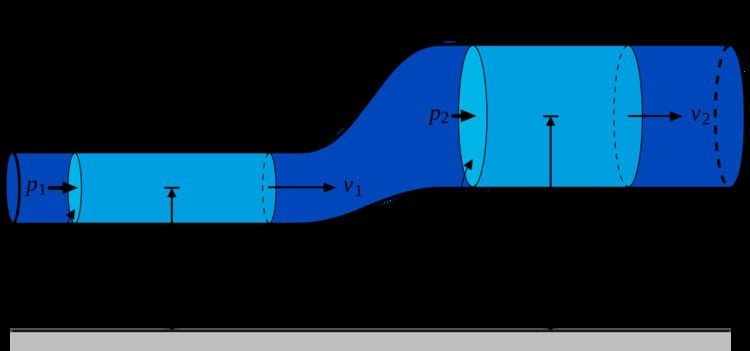 | ||
Solid mechanics is the branch of continuum mechanics that studies the behavior of solid materials, especially their motion and deformation under the action of forces, temperature changes, phase changes, and other external or internal agents.
Contents
Solid mechanics is fundamental for civil, aerospace, nuclear, and mechanical engineering, for geology, and for many branches of physics such as materials science. It has specific applications in many other areas, such as understanding the anatomy of living beings, and the design of dental prostheses and surgical implants. One of the most common practical applications of solid mechanics is the Euler-Bernoulli beam equation. Solid mechanics extensively uses tensors to describe stresses, strains, and the relationship between them.
Relationship to continuum mechanics
As shown in the following table, solid mechanics inhabits a central place within continuum mechanics. The field of rheology presents an overlap between solid and fluid mechanics.
Response models
A material has a rest shape and its shape departs away from the rest shape due to stress. The amount of departure from rest shape is called deformation, the proportion of deformation to original size is called strain. If the applied stress is sufficiently low (or the imposed strain is small enough), almost all solid materials behave in such a way that the strain is directly proportional to the stress; the coefficient of the proportion is called the modulus of elasticity. This region of deformation is known as the linearly elastic region.
It is most common for analysts in solid mechanics to use linear material models, due to ease of computation. However, real materials often exhibit non-linear behavior. As new materials are used and old ones are pushed to their limits, non-linear material models are becoming more common.
There are four basic models that describe how a solid responds to an applied stress:
- Elastically – When an applied stress is removed, the material returns to its undeformed state. Linearly elastic materials, those that deform proportionally to the applied load, can be described by the linear elasticity equations such as Hooke's law.
- Viscoelastically – These are materials that behave elastically, but also have damping: when the stress is applied and removed, work has to be done against the damping effects and is converted in heat within the material resulting in a hysteresis loop in the stress–strain curve. This implies that the material response has time-dependence.
- Plastically – Materials that behave elastically generally do so when the applied stress is less than a yield value. When the stress is greater than the yield stress, the material behaves plastically and does not return to its previous state. That is, deformation that occurs after yield is permanent.
- Thermoelastically - There is coupling of mechanical with thermal responses. In general, thermoelasticity is concerned with elastic solids under conditions that are neither isothermal nor adiabatic. The simplest theory involves the Fourier's law of heat conduction, as opposed to advanced theories with physically more realistic models.
